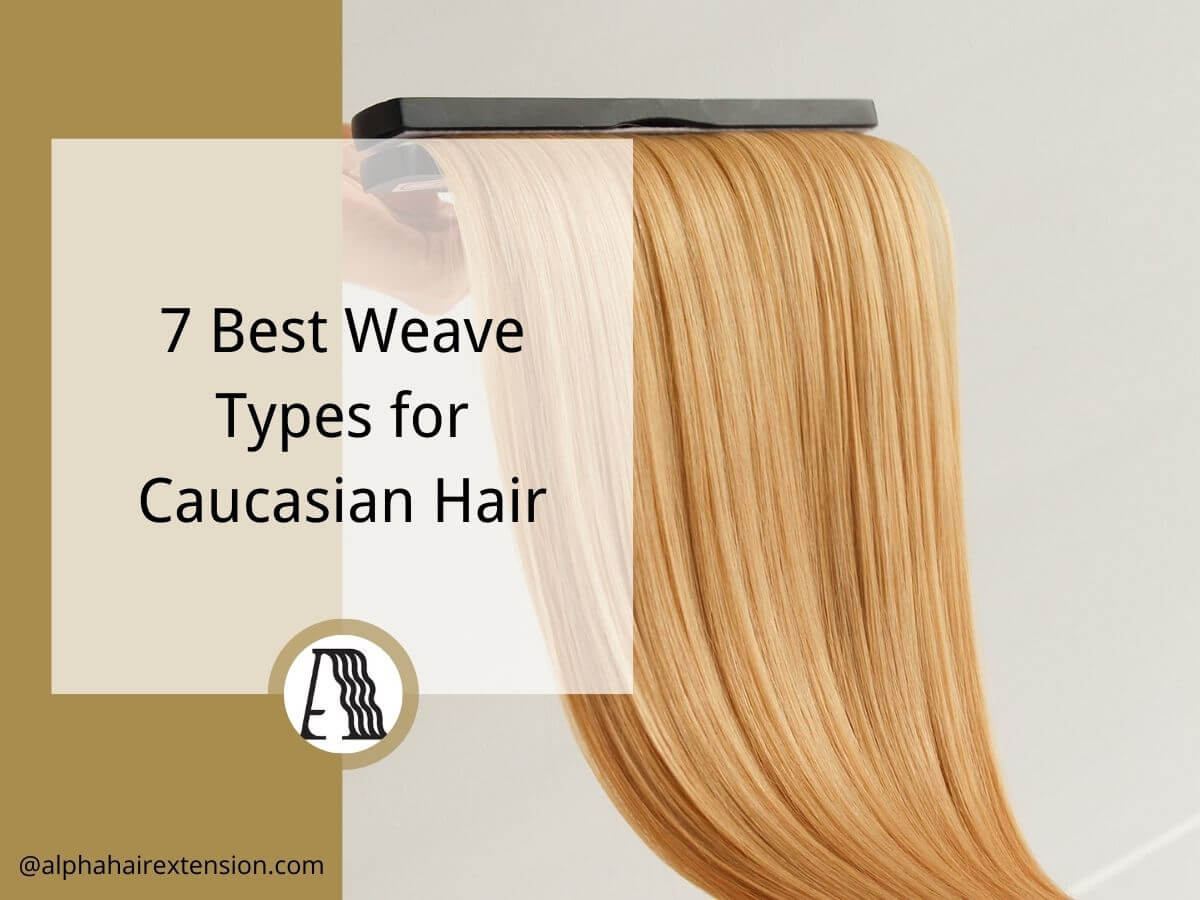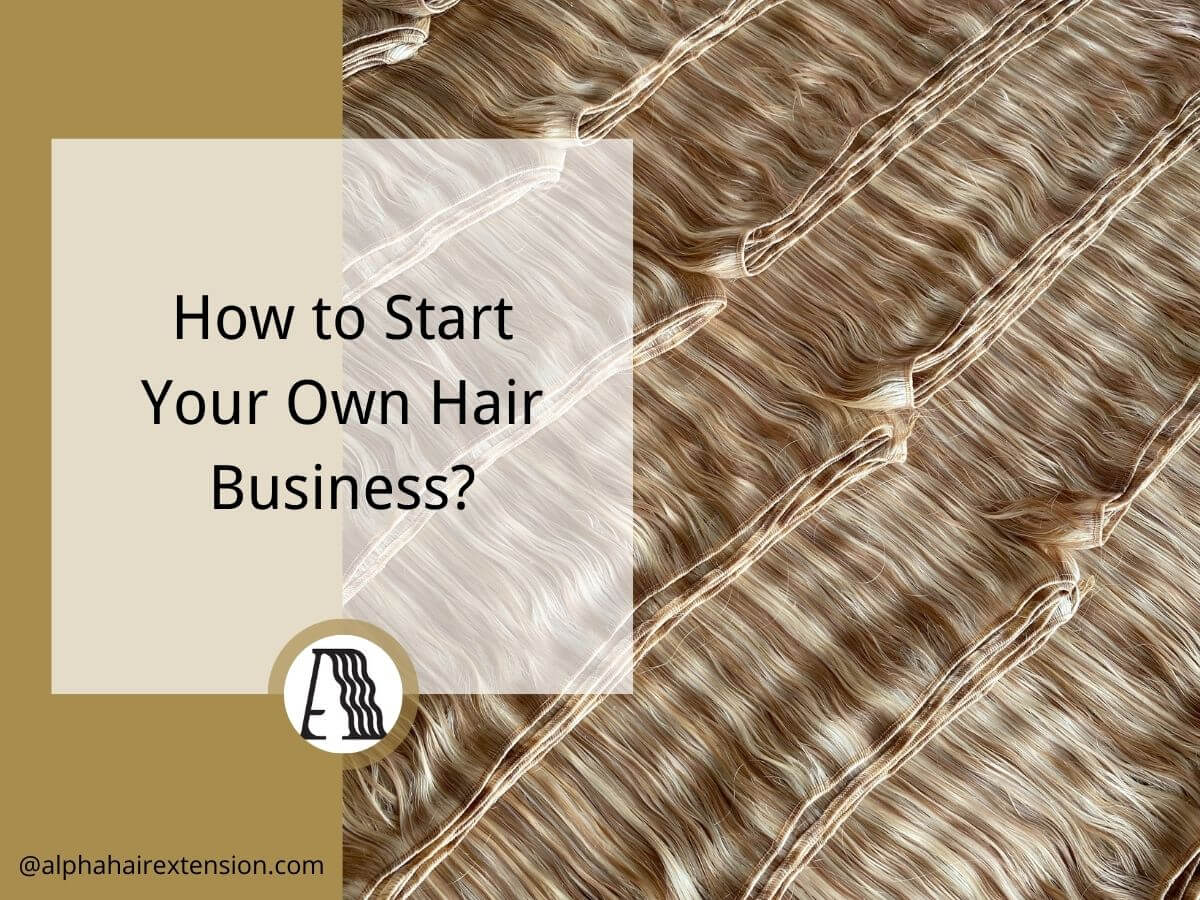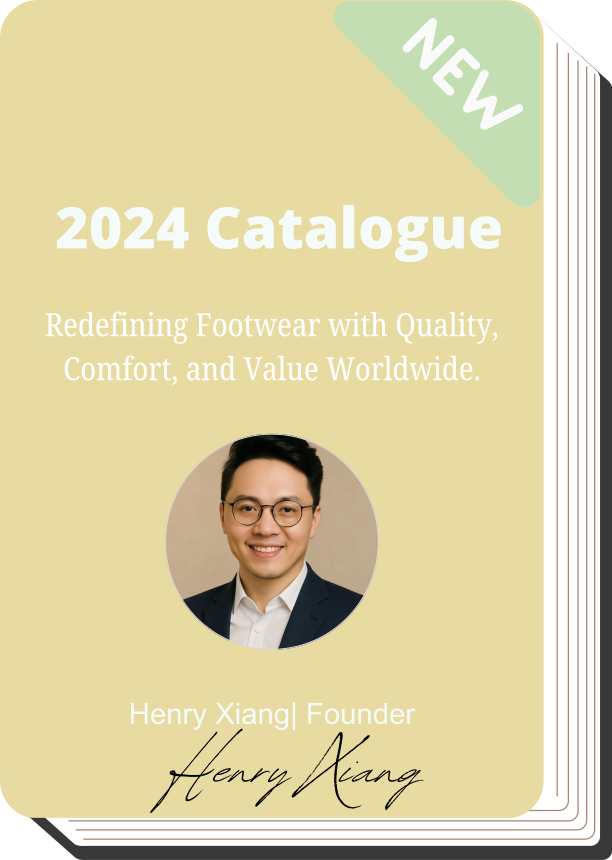Did you know? Stocking the wrong hair extension lengths can result in slow-moving inventory and lost sales. Many businesses make this mistake simply because they don’t have a clear strategy.
I’ve worked with wholesalers, salon owners, and distributors to optimize their extension offerings—and I’ve seen firsthand what works and what doesn’t.
In this article, I’ll break down the key factors you need to consider when selecting hair extension lengths.
What you’ll learn:
- How to choose the best lengths based on customer demand
- Common mistakes businesses make (and how to avoid them)
- Practical tips for smarter inventory planning
By the end, you’ll know exactly which lengths to stock to maximize profits and customer satisfaction.
So, let’s get started!
1. Understanding Hair Extension Lengths
When it comes to choosing the right hair extension length for your customers, understanding how length is measured is key. Hair extensions are always measured from the top of the weft to the very end—when stretched straight. That means even if the hair has a natural wave or curl, its official length is based on how long it would be if fully straightened.
Now, here’s where things get interesting—texture plays a big role in how the length actually looks. Straight hair appears true to size since it lays flat, but wavy hair tends to look a bit shorter because of its natural bends. Curly hair? It can look up to 2–4 inches shorter than its measured length due to its tighter coil pattern.
For businesses, this detail matters. When stocking extensions, you’ll want to account for these differences to ensure your customers get the right length for their expectations. If they’re used to straight extensions but suddenly switch to curly, they might assume the hair is shorter than it really is. Educating them on this upfront helps manage expectations and builds trust with your brand.

2. Factors to Consider When Choosing Hair Extension Length
I get it—choosing the right hair extension lengths for your inventory isn’t just about aesthetics. It directly impacts styling options, maintenance, and even your bottom line. So, let’s break down what really matters when selecting extension lengths for your business.
Natural Hair Length Matters
If your customers want a seamless, natural blend, the extensions should complement their existing hair length. A client with short hair going straight to 24-inch extensions? That’s a recipe for an unnatural look. The sweet spot? Extensions that are about 4–6 inches longer than their natural hair. Not only does this create a flawless blend, but it also helps prevent strain and breakage on their real hair.
Styling Goals & Trends
Length dictates styling versatility. Shorter extensions (10–14 inches) are ideal for volume and layered styles, giving customers that chic bob or natural fullness. Meanwhile, longer extensions (18–24 inches) are all about drama—sleek waist-length hair, glamorous waves, or that influencer-worthy transformation. Knowing what your target customers want helps you stock the right mix of lengths to meet demand.
Hair Type & Texture Considerations
Not all hair textures wear length the same way. Thicker hair often needs longer extensions to make a difference, while fine hair blends easily with shorter ones. Wavy and curly textures also “shrink” compared to straight extensions, meaning customers may need to size up by 2–4 inches to achieve their desired look. Educating your clients on these differences not only builds trust but also reduces returns and exchanges.
Lifestyle & Maintenance Preferences
Let’s be real—longer extensions require more upkeep. Clients who are always on the go, work out frequently, or prefer a low-maintenance routine might struggle with extra-long hair. Shorter extensions are often a better fit for their lifestyle, making styling and washing much easier. Helping your customers choose the right length based on their routine ensures they stay satisfied and keep coming back to your business.
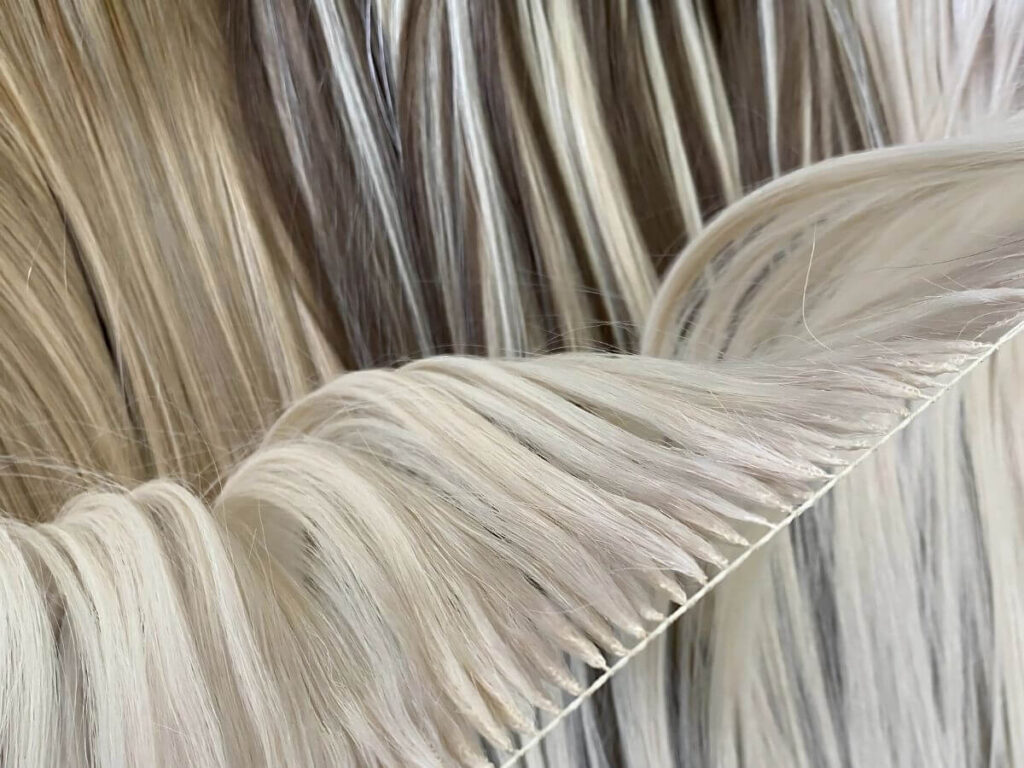
3. Common Hair Extension Lengths
When it comes to hair extensions, length plays a big role in how they look, feel, and style. As a business, knowing the differences isn’t just about variety—it’s about making sure you’re stocking the right options for your customers’ needs. Let’s break it down:
Short Extensions (10-14 inches)
If your clients want volume without a major length change, short extensions are the way to go. They blend seamlessly with bobs, lobs, and layered cuts, making them perfect for adding fullness while keeping things natural. Plus, they’re lightweight and low-maintenance—great for customers who want an effortless, everyday look.
Medium Extensions (16-20 inches)
Medium-length extensions are incredibly versatile, offering both volume and length without overwhelming the natural hair. Whether your customers love sleek ponytails, beachy waves, or a polished straight look, these extensions deliver. It’s no surprise they’re one of the most in-demand options for everyday wear.
Long Extensions (22-30+ inches)
For clients who love a dramatic, show-stopping look, long extensions are a must. Think mermaid waves, ultra-long ponytails, and celebrity-inspired glam. But here’s the thing—longer extensions require more maintenance. Regular detangling and deep conditioning are key to keeping them looking flawless. If your business caters to high-end or special-occasion clients, stocking these lengths is a smart move.
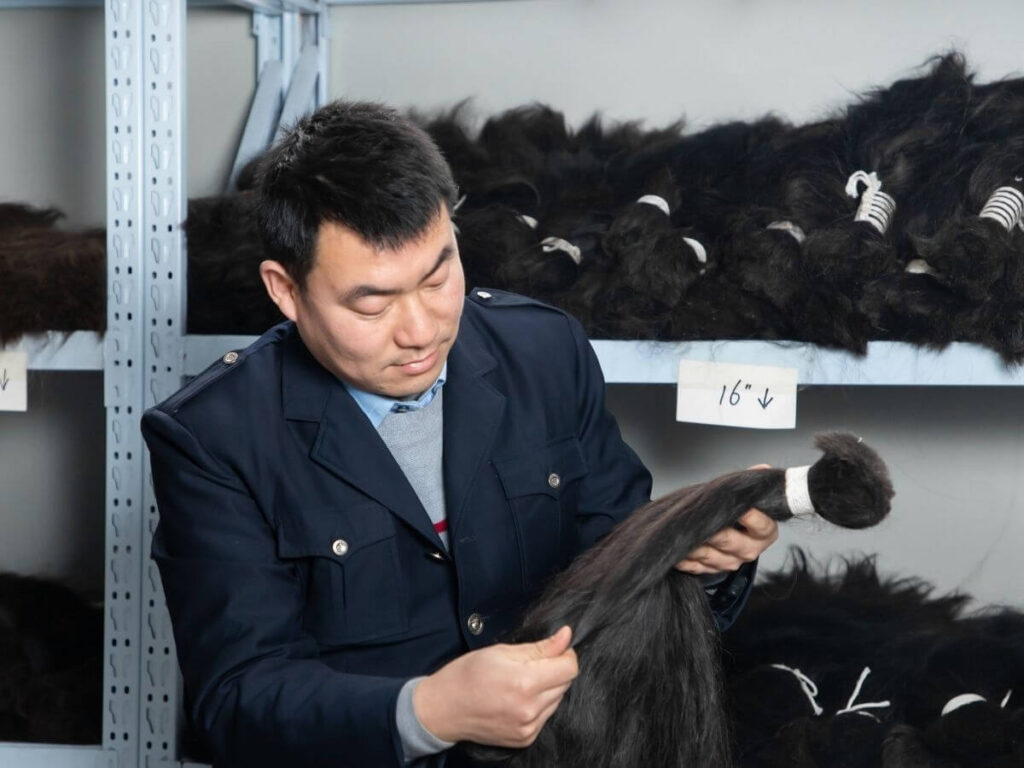
4. How to Measure Hair for Extensions
Getting the right extension length for your clients starts with an accurate measurement of their natural hair. I’ve seen businesses struggle with this, so let’s break it down into simple steps that you (or your customers) can follow to get it right the first time.
- Step#1 Start with Dry, Straight Hair: For the most accurate measurement, hair should be completely dry and as straight as possible. If your client has naturally curly or wavy hair, gently stretch it to see its full length. Measuring wet or damp hair can lead to mistakes since it shrinks when dry.
- Step#2 Use a Tape Measure: Place the tape measure at the crown of the head and extend it down to where the client wants their extensions to fall. If they’re going for a layered look, take multiple measurements from different sections—this small step prevents mismatches later.
- Step#3 Compare with Standard Lengths: Most suppliers follow standard extension lengths, so once you have the measurement, match it against what’s available in the market. This makes it easier to guide your clients toward the right choice without second-guessing.
- Step#4 Try Temporary Clip-Ins First: If your client isn’t sure about the length, suggest trying clip-in extensions first. This gives them a chance to see how different lengths look and feel before committing—reducing hesitation and making the purchase decision easier.
- Step#5 Factor in Styling Shrinkage: One of the biggest mistakes I see is not accounting for shrinkage with wavy or curly textures. If your client wants curls but expects a certain length when styled, advise them to size up by 2–4 inches. This small tip can save you both from unnecessary returns and exchanges.

5. Right Length for Different Hair Extension Types
When it comes to hair extensions, one size definitely doesn’t fit all. The right length depends on how the extensions will be used and the look your clients want to achieve.
Clip-In Extensions
Clip-ins are the go-to option for clients who love versatility. They’re easy to apply, remove, and reuse, making them a favorite for quick styling changes. Whether your customers are influencers, bridal stylists, or everyday beauty enthusiasts, having the right lengths in stock is key.
- Best Lengths: 12–24 inches
- Shorter lengths (12–14 inches): Perfect for adding volume without drastically changing length.
- Medium lengths (16–18 inches): Blend seamlessly for a natural, everyday look.
- Longer lengths (20–24 inches): Great for clients who want show-stopping length for special occasions.
Tape-In Extensions
If your clients want something longer-term, tape-in extensions are a game-changer. These lie flat against the scalp for a lightweight, seamless blend with natural hair—perfect for clients who want an undetectable extension solution.
- Best Lengths: 16–22 inches
- Shorter lengths (16 inches): Ideal for clients with fine or shorter natural hair who want more volume.
- Medium lengths (18–20 inches): The most versatile choice for an effortless, everyday look.
- Longer lengths (22 inches): Adds noticeable length while still maintaining a natural appearance.
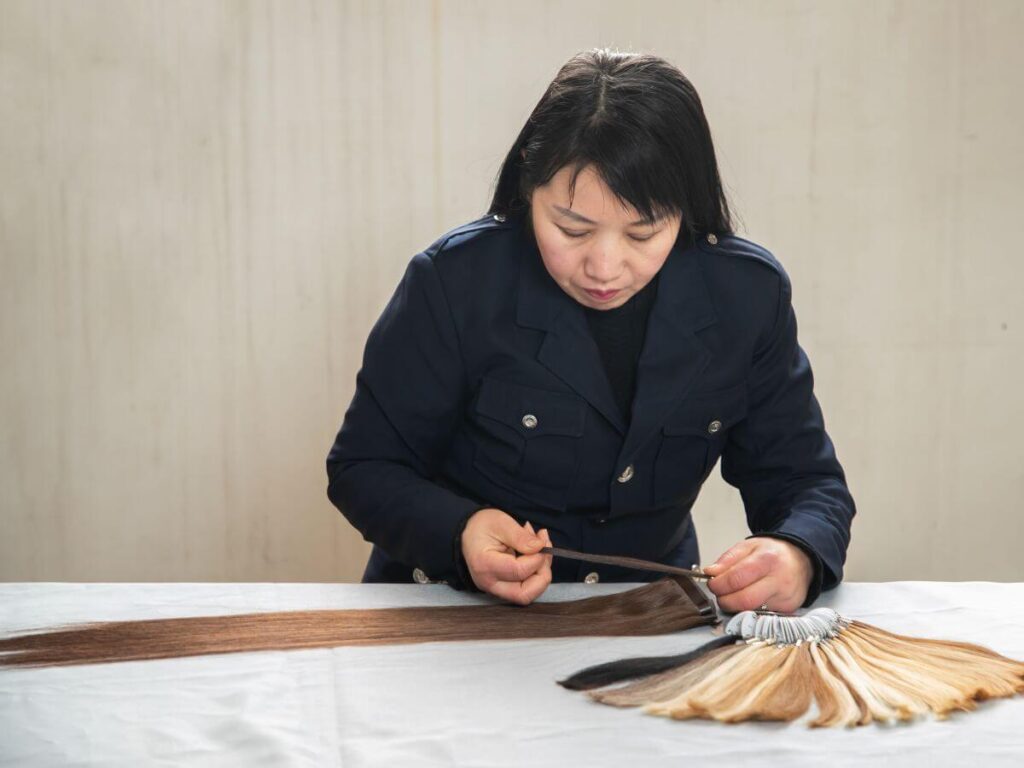
6. Common Mistakes to Avoid When Choosing Hair Extension Lengths
If the extensions don’t blend well, look unnatural, or require too much upkeep, it leads to dissatisfied clients and potential returns. Let’s break down the most common mistakes businesses make when selecting extension lengths and how to avoid them.
- Going Too Long or Too Short – We’ve all seen it: extensions that are way too long, making them look fake, or too close in length to the natural hair, failing to create the transformation clients expect.
- Ignoring Hair Texture and Thickness – One length does not fit all! Fine-haired clients may struggle to hold very long extensions, while those with thick or curly hair often need extra length to achieve the same effect as straight hair. Matching extensions to natural hair type ensures the best results.
- Forgetting About Styling Shrinkage – If you sell wavy or curly extensions, remember that they naturally appear 2–4 inches shorter than straight ones. If your clients love textured styles, upsizing their extension length is key to avoiding disappointment.
- Underestimating Maintenance Requirements – Longer extensions (22 inches and above) look gorgeous but require more upkeep—think extra detangling, deep conditioning, and heat protection. If your customers want a lower-maintenance option, suggest mid-length styles instead.
- Overlooking Body Proportions – A 24-inch extension doesn’t look the same on everyone. Shorter clients may feel overwhelmed by super-long hair, while taller clients might need longer extensions to get the same effect. Keep this in mind when advising customers.
- Not Testing Before Buying – The easiest way to avoid returns? Encourage clients to use a measuring tape or try temporary clip-ins before committing. This simple step saves them from buyer’s remorse—and saves you the hassle of exchanges.
Conclusion
Selecting the right hair extension length is crucial for creating a natural, flattering look that aligns with customer preferences.
By guiding clients to the right choice and avoiding common mistakes, businesses can improve customer satisfaction and boost sales.
Alpha Hair Extension provides premium-quality hair extensions tailored to meet the needs of salon owners, wholesalers, and businesses worldwide.
Contact us today to explore our range of high-quality, customizable hair extensions designed for long-term success.
Explore More of Our Resources
There’s more to explore! Check out our additional product selections to find exactly what you’re looking for:
Still haven’t found what you’re looking for? Don’t hesitate to contact us. We’re available around the clock to assist you.


